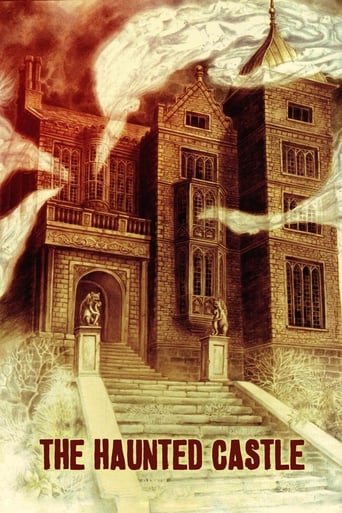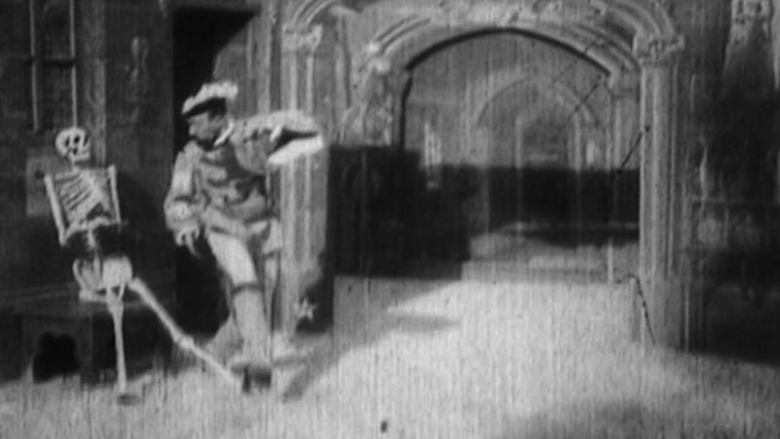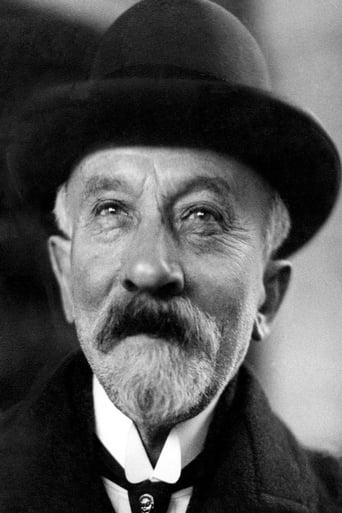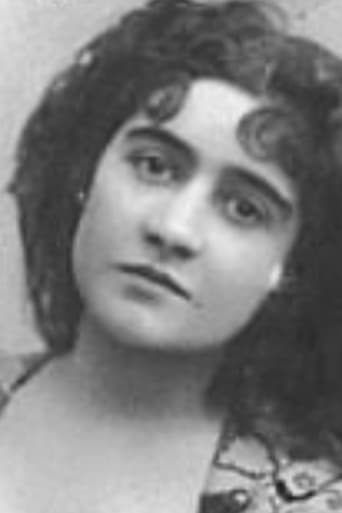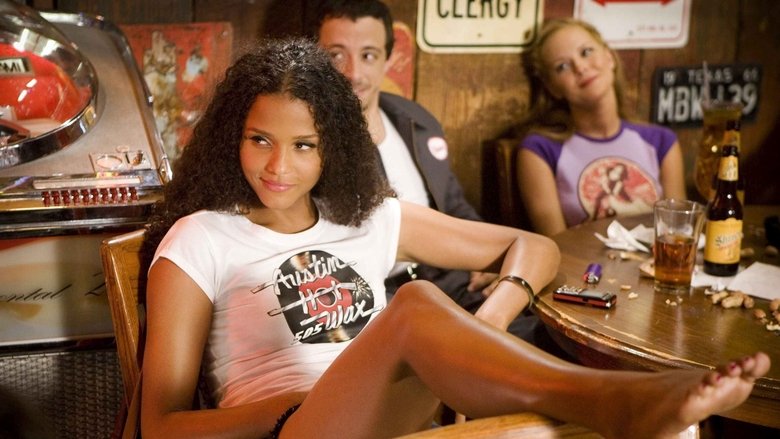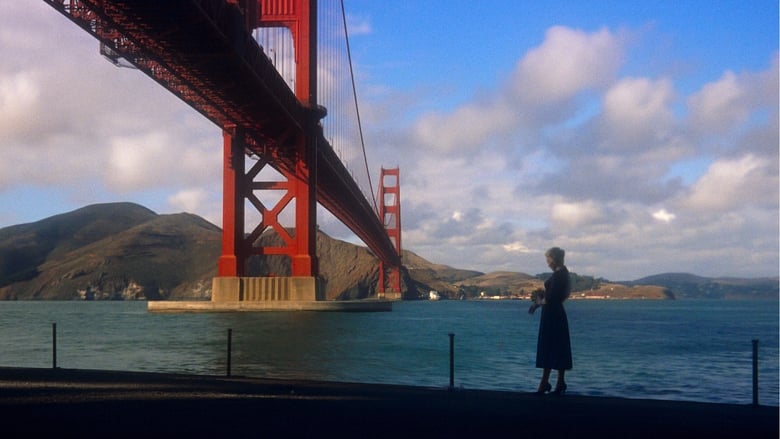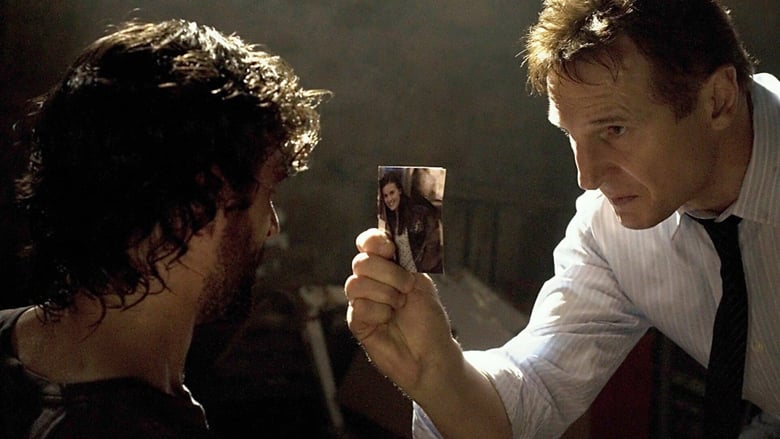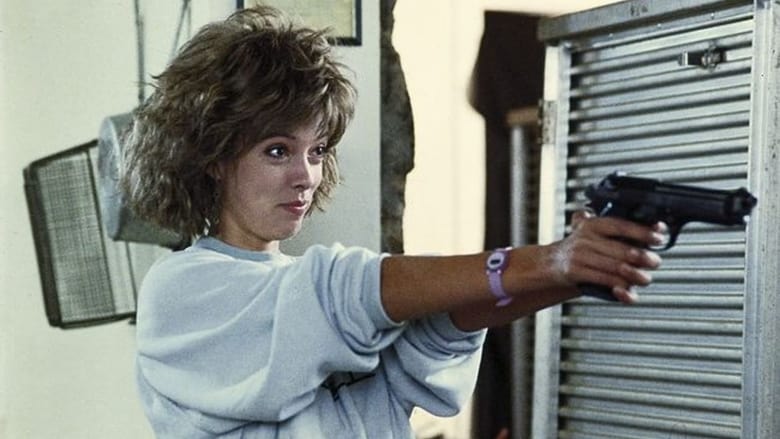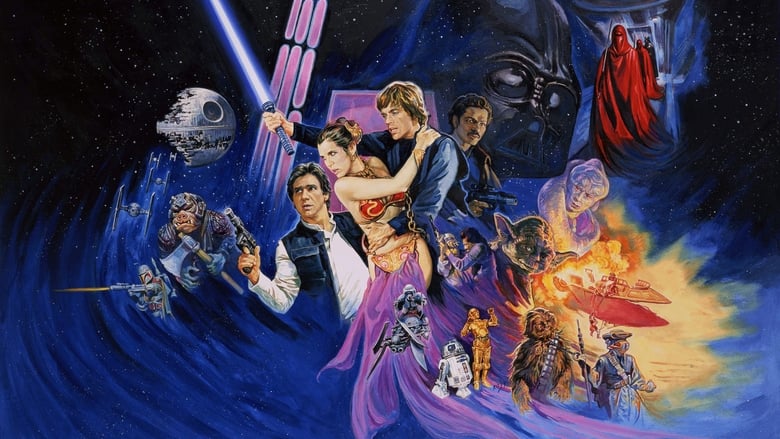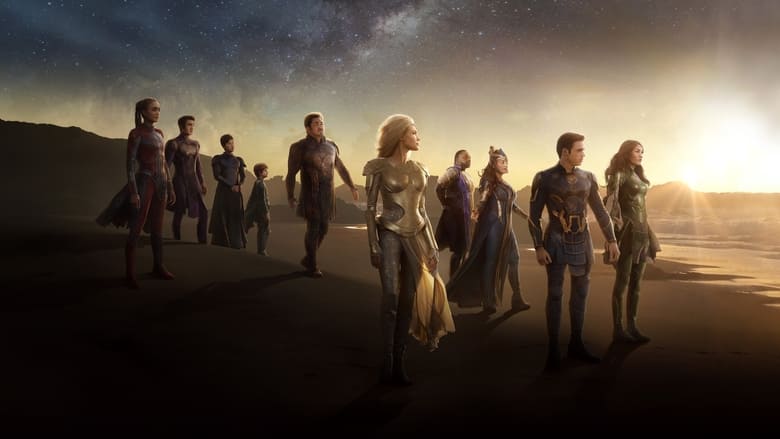In a medieval castle, a dark magician thought to be Mephistopheles conjures up a series of bizarre creatures and events in order to torment a pair of interloping cavaliers.


Similar titles
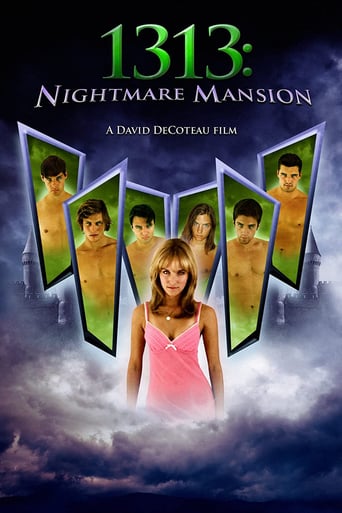
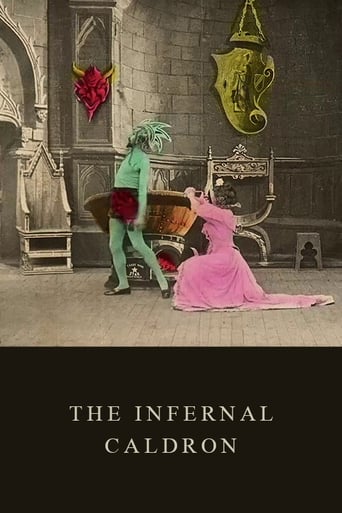
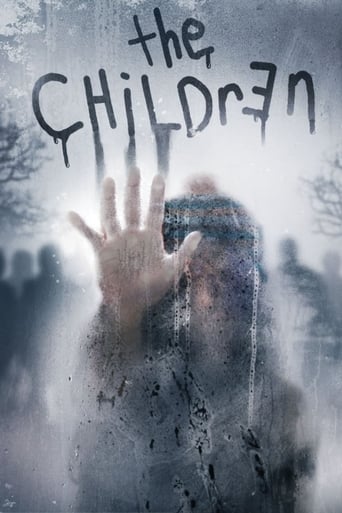
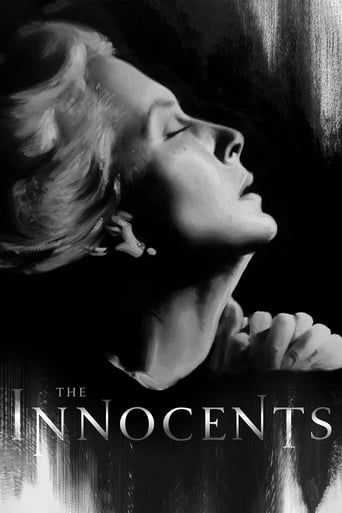
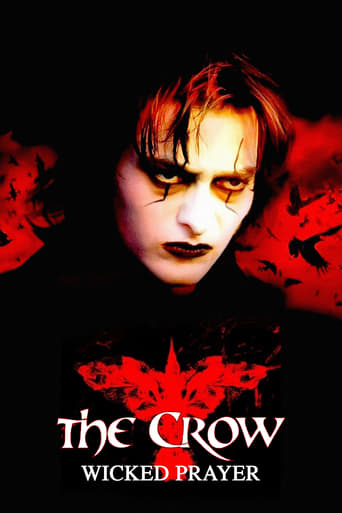

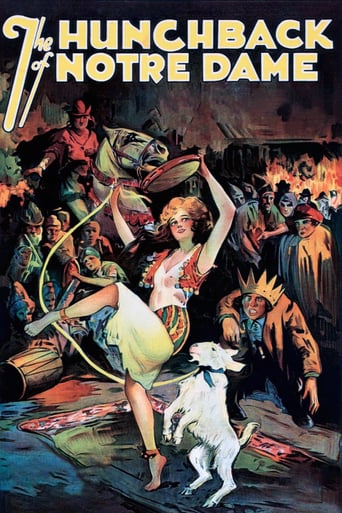
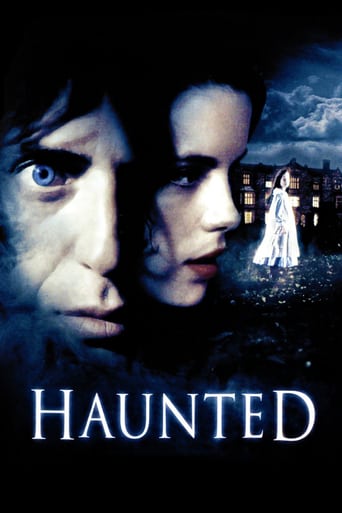
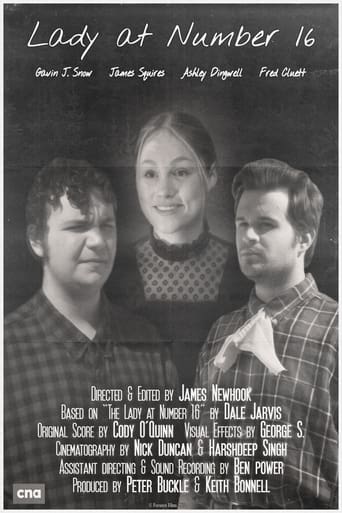
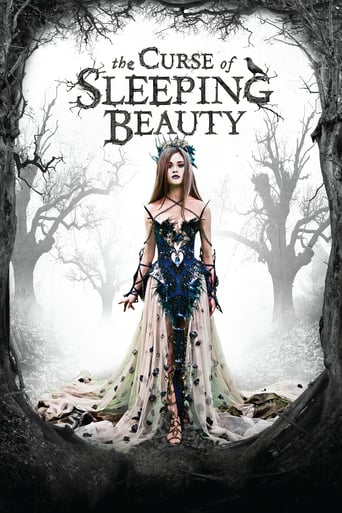
Reviews
Titled 'The Devil's Castle' here in the UK, it is claimed to be the very first "horror" film due to the imagery of spectres, demons and vampirism. In actual fact, it's intended to be a comedic fantasy short where the Devil conjures up phantoms to subdue two cavaliers who have entered a medieval castle. Méliès managed to translate pantomime to motion picture, where the results have surprisingly aged well considering it's over 120 years old (1896). The costumes exhume a cheesy Halloween style that your children would dress up in, and the accentuated body movements of Méliès and his cast enhanced the physical comedy style. Méliès' usage of the quick cut editing technique does seem viscerally raw, where the lack of seamless transitions make the illusory disappearing effect incredibly noticeable, but however marks him as one of the finest experimentalists of that era. The plot may not be as cohesive as 'Le Voyage Dans La Lune" and the abrupt cutoff point might leave you wanting more, yet it's undeniably imaginative. Méliès pioneered cinema with an array of genre firsts and, considering this was presumed lost until 1988, am fortunate he was able to convey his crazy fantasy thoughts onto film. A simple three minute short that is very rough around the edges, but allowed an illusionist to bewilder his audience through ghostly magic.
Georges Méliès was more like an experimenter, who took advantage of the invention of the first film cameras to create innovative techniques in this art. This is what, as we see, he had more in common with other filmmaking pioneers of that time, such as Lumiere brothers, only the difference is that the latter were "scientists" experimenting with their new creation, while Méliès, who was also a professional magician, aimed to impress the audience with their tricks, something that in this case, he greatly does.This short, while it has a simple set-up (but there was a clear intention to tell a story after all, something that was not very common in other "films" at that time), is quite interesting and reasonably entertaining, and it allows the showcasing of very good special effects.It has a few comic relief characters, such as the cowardly cavalier, whose final scene has a bit of dark humor, or the villain's assistant (a possible precedent of Igor from Frankenstein?), which work all right.Perhaps some will find it confusing due to the pace being too fast but the results are worthy.Even though he would end up doing more notable works, in this one, you can already perceive Méliès' talent to entertain and amaze, something that many directors today do, or at least try. And the fact that it is said that he played a cunning mastermind (the Devil itself), brings a bit of irony to the table.
The opportunity to watch a film from 1896 is astonishing in itself even if the film is the same repeated magic trick and edits. I wouldn't call it comic per say like a view of the previous reviewers thought but a film to try and get a thrill out of an audience. Georges Melies with his little gem may have kick started the horror genre to a place it may not be at with this type of movie. House of the Devil has horror elements and essentials such as ghosts, witches, skeletons and the devil himself in form of a bat. It's an easy three minute watch, with some cool tricks, but its nothing too extraordinary. Take a look if you want to watch something very old and neat from a time way way forgotten.
I'm not interested in retroactively assigning early films to the horror genre, as others seem to desire by claiming this film, "Le manoir du diable", as some sort of first horror film or to misunderstand the bat transformation to devil character here to be a vampire. Rather, this is another trick film, which Méliès made many of. Mephistopheles is in quite a few of these, of which this is probably the first. Mephistopheles is the director-magician's surrogate, allowing a slight narrative construction around the attraction of substitution-splices (a.k.a. stop substitutions), as the devil terrorizes a lord/cavalier with various appearances, disappearances and substitutions. By the way, I'm quite sure that Méliès plays the Faust-type lord/cavalier character and not Mephistopheles, despite several sources stating otherwise. Thus, Méliès plays the victim to the magic perpetrated by himself as the film's director and editor.For a film of 1896, this is a rather elaborate fiction subject and production. Most films at this time were actualities of ordinary events, popularized by the Lumiére Company. The only studio had been the "Black Maria" shack, which provided a black background for every production, in addition to the few props the Edison Company occasionally employed. Soon, Méliès would create the first decent movie studio, but for this film, he at least created a makeshift, painted cardboard set in the open air (see the shadows). Nobody else, as of then, had went to such trouble for a movie. Méliès used the same or very similar backdrop and costumes, as well as a related narrative, for "Le Château hanté" (1897). These films were also offered to be hand-colored, which would add to their appeal.(Note: At this time, most viewers have probably seen this film via the extract available on the Internet, which is taken from the documentary "The Magic of Méliès" (Le magie Méliès) (1997). A more complete version is available on French DVD, which includes the bat transformation at the beginning. According to catalogues, the film originally ended with the devil being bashed into smoke, but this part seems to be lost. It now ends with Méliès holding a cross to corner Mephistopheles.) EDIT: Flicker Alley has now also put this film on DVD in Region 1.
